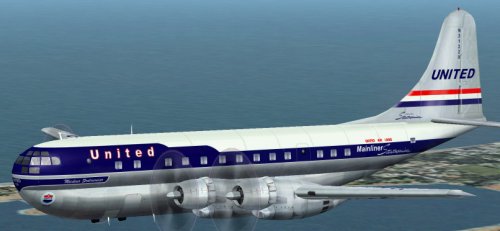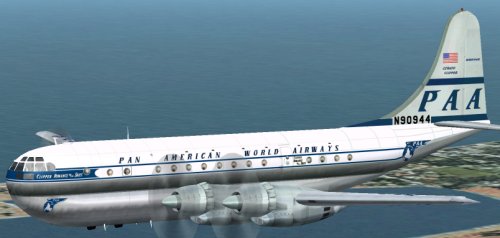|
As I swung through my library last night, I realized that I rarely post about what is one of the biggest departments – transportation. I have reviewed a few car books, maybe two train books, and one airline book. This poorly reflects on my deep affection for these fields.
Transportation is of course critically important in our lives, and always has been. Without it, neither goods nor people move. And without that, ideas, science, philosophy, and religion don’t move much either. Great breakthroughs in transportation, like the canal, railroad, subway, containerized shipping and all its antecedents, cars, and planes have had massive effects on our society and lives. Automobiles alone have reshaped the surface of the earth, our land use and our energy use, as well as our popular and design culture.
Transportation unites my love of maps and geography, of commerce and transactions, of economics, of history, of technology, and of culture. Looking through my personal collection of airline timetables from times past, I can see different ways of mapping the world, I can see how airliners changed through time, I can see the impact of the British in India and Hitler in Germany, I can see how design and graphics styles changed through the years. (To check out full color scans from one of the world’s great timetable collections, visit Perry Sloan’s wonderful labor-of-love website, http://www.airtimes.com/. Go to the “carrier index” to look up virtually any airline in the world.)
I also love posters and poster art – how could you not? In many ways, this was and is the highest form of commercial art. The French, Italians, and others created amazing posters for Cinzano and many other brands.
All this comes together in the great book The Art of the Airways by Geza Szurovy (Zenith Press, 2002). This 170+ page “coffee table” book contains nearly full-page, totally full-color images of the greatest airline posters of all times. The airlines had a high level of poster production for use in airports, airline offices in downtown areas, and travel agencies. Each poster reflects the spirit and style of that airline – from Air France to TWA to Pan Am – and the design aesthetic of the era – from the 1910s to the 1990s.
Flipping through the book, you will learn a lot about geography, about places and what they look like, about airlines, about how design has changed through the years, and of course about which airlines went where. But stop for a minute – or ten – on each page and let your soul travel to the far corners of the earth. On page 76, Belgian carrier Sabena promotes their service to the “Belgian” Congo in 1936 in a beautiful Italian tri-motor aircraft, while a desert nomad and his camel admire from the ground. On page 83, get lured into the sensuality of the South Pacific as an island maiden watches the descent of a gorgeous Pan American flying boat into the harbor at Pago Pago. A few pages later, Boeing’s beautiful double-deck propeller-driven Stratocruisers (see images below) take you to Hawaii on United and Europe on Pan Am. On page 146 Avianca’s 70s-look poster draws you to Colombia. Or on page 52, sit in your wicker airline seat and observe Africa from Air Afrique’s 1930s flights. In those days, the planes flew below the clouds, so you could almost reach out and touch the land.
For your geographical and graphical/visual imagination, get this book!
  |
|











